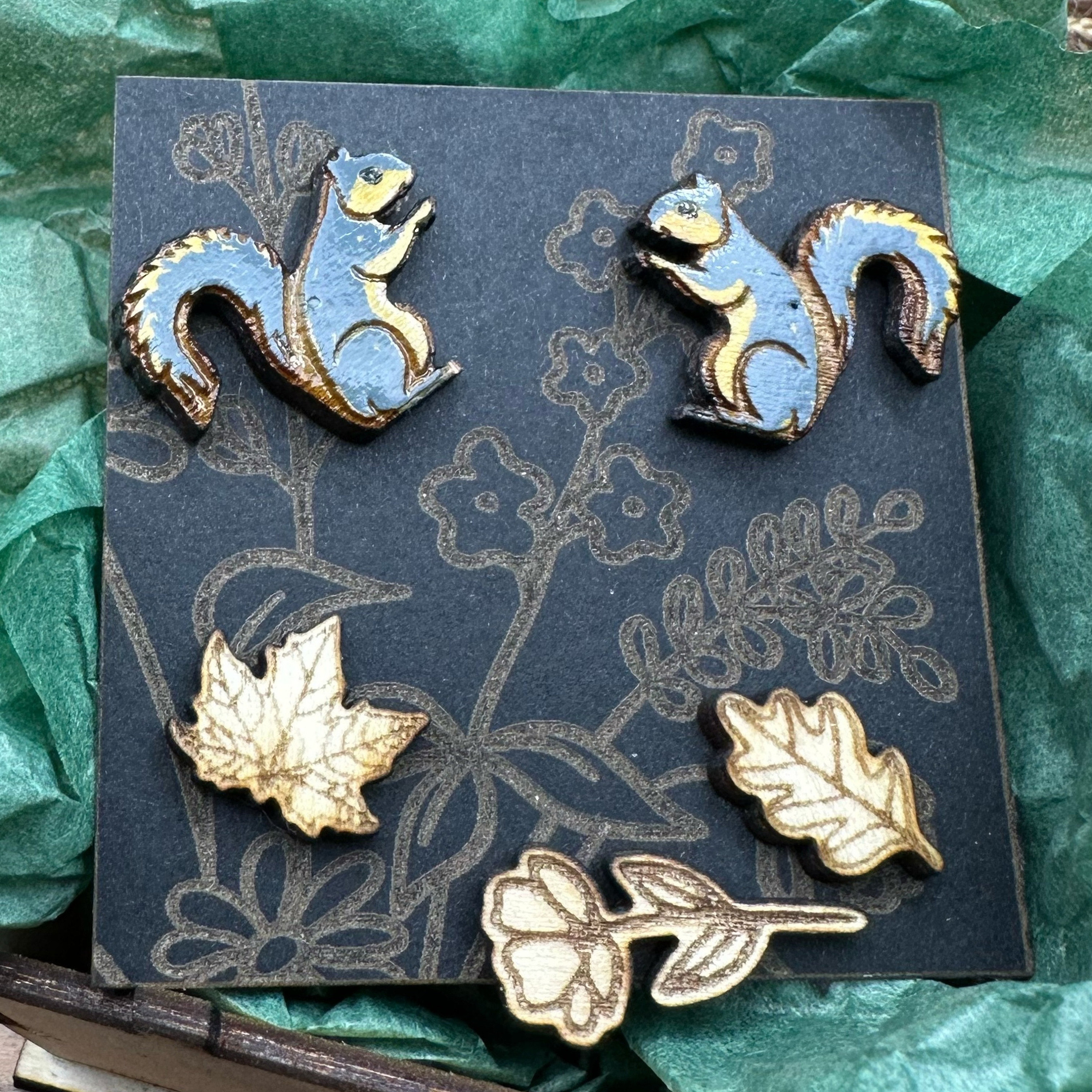If you’ve ever watched a bushy-tailed acrobat leap effortlessly from tree to tree or boldly raid a backyard bird feeder, chances are you’ve encountered an Eastern Grey Squirrel (Sciurus carolinensis). These furry dynamos are among the most common and adaptable rodents in North America, thriving in forests, parks, and urban areas alike. But there’s more to them than just their mischievous antics.
Masters of Movement
Eastern grey squirrels are like the stunt doubles of the animal kingdom. Their powerful hind legs and double-jointed ankles allow them to execute breathtaking aerial maneuvers, landing safely on the smallest of branches. Their tails act as built-in parachutes and counterbalances, helping them navigate the treetops with precision.
Forgetful Farmers
While they might seem like thieves when they pilfer birdseed, these squirrels play a crucial role in their ecosystems. As they bury nuts and seeds for later consumption, they often forget some of their hiding spots. This absent-minded habit results in the natural planting of trees, making them accidental but essential forest regenerators.
Smart but Sassy
Eastern grey squirrels have impressive problem-solving skills. They can remember complex routes, outwit basic squirrel-proofing attempts, and even feign burying food to trick would-be thieves. In urban areas, they’ve been known to recognize humans who provide food and will return to the same spot for handouts.
Furry Weather Forecasters?
Ever notice a squirrel’s tail looking extra bushy before winter? Some folklore suggests that fluffier tails indicate a harsher winter ahead. While there’s no scientific proof behind this, their ability to build insulated nests (called dreys) high in trees ensures they stay cozy even in freezing temperatures.
Love ‘Em or Loathe ‘Em
While some see them as lovable park mascots, others consider them pests for raiding bird feeders and chewing on electrical wires. But love them or not, Eastern grey squirrels are resilient, intelligent, and an essential part of the natural world.

So next time you see one scurrying up a tree, take a moment to appreciate its quirky charm—you might just be watching nature’s tiny, furry forester in action!